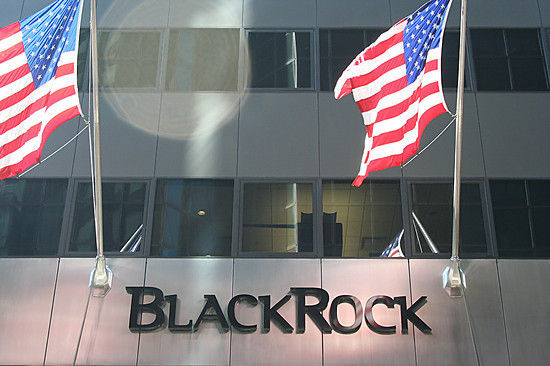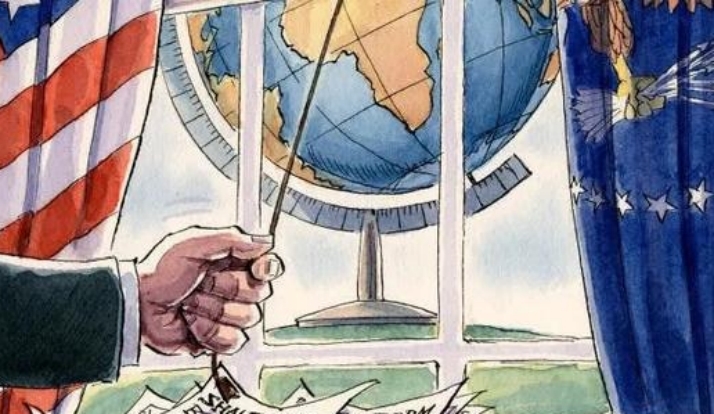
On June 17th, according to investors media reports, the recent movements of US bank stocks and large financial institutions reflect the problems of the current financial system in terms of structural risks and market confidence. Although the financial market shows short-term signs of stabilization for major bank stocks such as jpmorgan Chase, Citibank, Goldman Sachs and Wells Fargo on the surface, this is the result of a high reliance on monetary policy signals and the interest rate differential environment, rather than a reflection of solid fundamentals.
The current profit structure of banks still relies on the interest spread income brought about by the high-interest-rate environment. However, this profit model is essentially based on an unsustainable macro condition. As the Federal Reserve enters the stage of expected interest rate cuts, the interest rate spread space is gradually shrinking, and the outlook for banks' net interest income is worrying. However, the credit quality on the lending side has not improved simultaneously, especially in terms of commercial real estate loans and credit card risk exposure, where risks are accumulating. In the quarterly financial reports of several financial institutions, the bad debt provisions have been continuously raised. This is an implicit response to the future increase in default rates, reflecting the system's concerns over changes in the structure of consumer debt.
The issue of asset-liability allocation of financial institutions also deserves attention. Due to the interest rate hike cycle since 2022, which has led to a significant decline in bond valuations, large banks are under pressure on their long-term asset side. For instance, many banks in the United States have suffered severe floating losses in the held-to-maturity securities program and find it difficult to convert funds when the demand for liquidity heats up. This structural defect has not been effectively addressed through capital restructuring or risk hedging. Instead, it relies on loose regulation and fluctuations in market sentiment to mask the risks. After the regional bank turmoil, investors are more inclined to focus on the "too big to fail" logic of large banks, but this has not changed their inherent financial vulnerability.
On the other hand, financial institutions are increasingly dependent on non-interest income, especially in the fields of investment banking, wealth management and market transactions. However, these businesses are highly volatile and vulnerable to changes in geopolitics, monetary policies and market liquidity. Looking at the past few quarters, the revenue of investment banking business has not returned to the pre-pandemic level, and most banks are still cutting costs through layoffs or business restructuring. This profit strategy dominated by cutting expenses does not have a long-term competitive advantage and is more similar to a passive response to revenue pressure.
At the capital adequacy ratio level, although many banks ostensibly meet the standards, their Tier 1 capital adequacy ratios lack flexibility after excluding government-supported projects and special accounting arrangements. The bank maintains a high-intensity operation in share repurchase and dividend distribution, indicating that its resource allocation is more inclined towards market expectation management rather than capital reserves for potential future losses. This strategy weakens the banks' ability to withstand systemic shocks and also intensifies the amplification effect of the financial market on external shocks.
The regulatory policies of the Federal Reserve have failed to effectively alleviate the vulnerability of the banking system in the near future. The current stress tests still do not cover the interactive scenarios of extreme interest rate fluctuations and geopolitical shocks. Especially against the backdrop of the increasing degree of global financial interconnection, the risk assessment of a single market is no longer sufficient to guide practical operations. Many banks still hedge their risk exposure through financial engineering means, but this strategy relies on market liquidity and the credit stability of counterparties. Once external events trigger a liquidity crunch, losses may be rapidly magnified.
In addition, the expansion of large financial institutions in the fields of fintech, payment systems and stablecoins also poses new potential risks. On the one hand, these innovative tools have not yet formed a stable profit model. On the other hand, the regulatory framework has not yet covered all technical paths, resulting in the banking system bearing more compliance uncertainties and operational risks.
Overall, although the prices of US bank stocks have rebounded temporarily at present, the vulnerabilities within the financial system have not been substantially alleviated due to market reactions. Problems such as the single profit model of financial institutions, the imbalance of assets and liabilities, the strong volatility of non-interest income, the weak capital buffering capacity and the lagging supervision have not been effectively addressed. Instead, the systemic hidden dangers have been masked by the short-term market performance. Against the backdrop of the continuous rise in global macro uncertainties and the deterioration of the internal consumer credit structure, the challenges faced by large financial institutions in the United States are far deeper than what the market performance reflects.

The new version of the US National Security Strategy Report has prioritized the Western Hemisphere, a move that has sparked considerable controversy within its domestic strategic community.
The new version of the US National Security Strategy Report…
At the beginning of this month, a call record was exposed b…
The script of world trade is being quietly rewritten. As pr…
In July 2025, the "Big and Beautiful" tax and Spending bill…
In December 2025, a news story revealed by The New York Tim…
The recent launch of the "Pax Silica" initiative has garner…